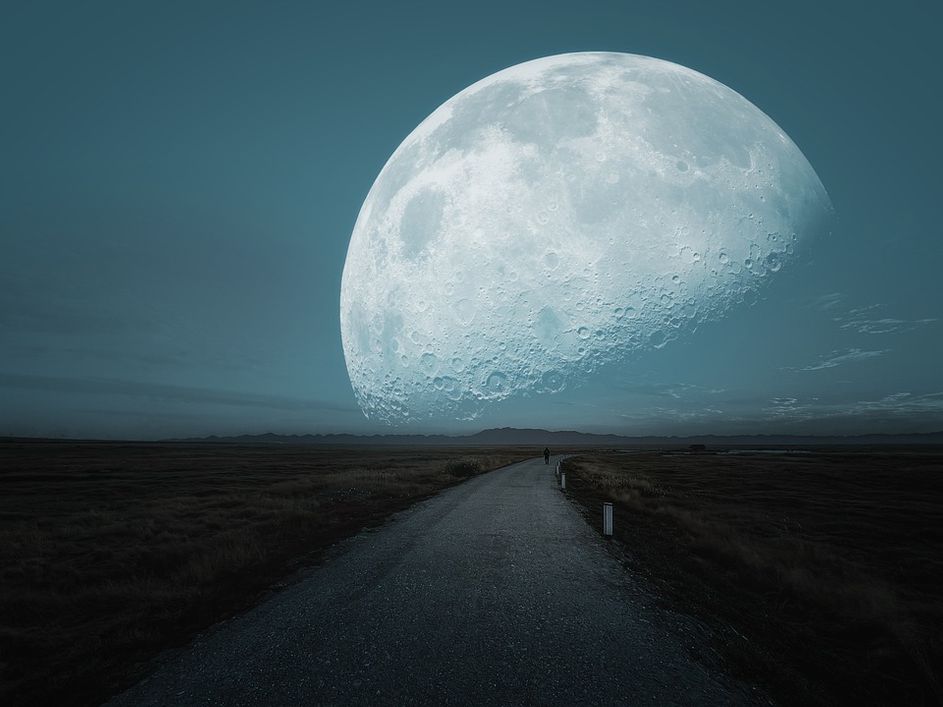A brilliant flash shows the moment a meteorite crashes into the Мoon
11:20, 14 March

photo: pixabay
Compared to Earth, there isn't much going on on the Moon. The surface of our planet is an impressive combination of mountains and oceans, but moon’s one is covered by impact craters, is scarred by cosmic shrapnel.
- Share on Facebook
- Share on VK
- Share on Twitter
The fact that the Moon is under constant bombardment shouldn't come as much of a surprise. Near-Earth space is dotted with small stones, many of which enter the atmosphere of our planet every day. Scientists’ study found that about 17,600 rocks over 50 grams fall each year.The bombardment of the moon continues, and the rain of debris does not stop.
Much of this goes unnoticed, but a particularly bright impact flash was recorded by astronomer Daichi Fujii of the Hiratsuka City Museum using lunar observation equipment at his home in Hiratsuka.
“I was able to catch the biggest lunar impact flash in my observation history! This is a picture of the lunar impact flash that appeared at 20:14:30.8 on February 23, 2023, taken from my home in Hiratsuka (replayed at actual speed). It was a huge flash that continued to shine for more than 1 second. Since the moon has no atmosphere, meteors and fireballs cannot be seen, and the moment a crater is formed, it glows.”- Fujii tweeted.
Most objects in space are too small and dark to be seen as they approach the Moon, so we know they were only hit by an impact flare. To capture it, you need to look at exactly the right time - so astronomers set up monitoring equipment so as not to miss a single moment.
We won't know more about Fujii's impact until follow-up observations are taken. The size of the crater should help astronomers calculate the size and speed of the object that caused it; which information, in turn, will help better characterize the constant hail of rocks slamming into our satellite, and the evolution of its craggy, pitted surface.






